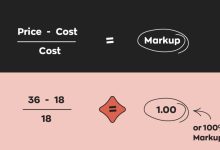First, a bit about my background: due to the nature of the niche I work in, I am not particularly experienced with Google Ads. The last time I used Google Ads intensively was about six years ago. Back then, Google’s policies were relatively relaxed, making it easy to create accounts and accumulate traffic quickly. However, Google’s powerful algorithms quickly closed these loopholes, and I eventually shifted to more stable Facebook ad campaigns.
Many people debate which platform is better for paid traffic: Google Ads or Meta Ads?
-
Google Ads: Traffic comes from search intent, meaning users are actively looking for products. This gives strong precision and usually lower conversion costs, making it the go-to for many industries.
-
Meta Ads (Facebook/Instagram): Offers broad reach, impressions, pixel tracking, and event monitoring. For teams with strong content marketing capabilities, well-designed creatives can easily drive conversions. Meta is ideal for interest-based targeting, where “products find people” rather than people searching for products.

Both perspectives are valid. In my view, there is no absolute “better” platform.
Which Platform Works Best for Replica Ads?
In the replica e-commerce (standalone store) industry, nearly 80% of results come from Facebook Ads. The reason lies in product category attributes: branded search keywords such as “replica,” “LV,” or “Rolex” cannot gain traction under Google’s strict algorithms. Simply put, these keywords won’t rank — which makes content-driven marketing on Meta Ads (Facebook & Instagram) a much stronger choice.
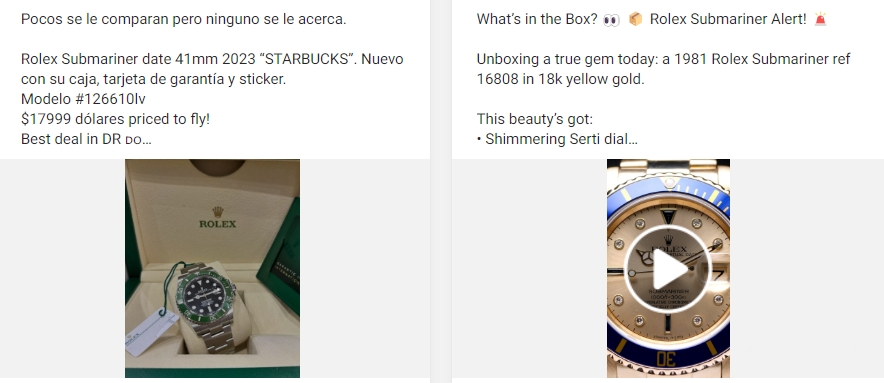
While Google Ads does offer display, discovery, and video campaigns that can guide users from awareness to final conversion, it still falls short compared to Meta’s advertising ecosystem. With almost two decades of refinement in interest-based e-commerce algorithms, Facebook’s smart targeting and pixel tracking outperform Google when it comes to pushing replica products.
In short: for replica sellers, Meta Ads dominate. Google can support, but in this space, the two platforms are not even competing in the same league.
-
Google is search e-commerce, where people find products.
-
Meta is interest e-commerce, where products find people.
Different industries and product categories naturally favor one platform over the other.
In the e-commerce world, I know many advanced ad operations teams with diverse product categories:
-
Teams with an Amazon background, accustomed to competitive pricing and supply chain optimization, often prefer search-driven platforms like Google Ads.
-
Teams running standalone e-commerce websites (direct-to-consumer replica stores) tend to favor interest-based traffic, relying on strong creatives to generate sales via Meta Ads.
Ultimately, conversion depends more on your product category, marketing strategy, and landing page than on the ad platform itself. The later traffic distribution is just the visible outcome, not the determining factor.
80% of New User Expansion Drives Sales
In the e-commerce market, everyone is essentially a consumer. The real difference is when that consumer identity is triggered.
Roughly 20% of consumers are in “active search mode” — they have an urgent need and deliberately search for products. This is the audience that Google Ads primarily captures, since its ecosystem is built around keyword-based intent.
However, the remaining 80% of consumers are in a passive state. They aren’t actively searching for products, but their buying interest can be sparked by recommendations, compelling visuals, or irresistible offers (e.g., a flash discount). This is impulse-driven consumption.
And this is exactly where Facebook Ads (Meta Ads) excel: covering passive users through precise targeting, smart algorithms, and content-driven creatives. By reaching this 80% segment more effectively — and maintaining a healthy return on ad spend (ROAS) — sellers unlock far greater sales opportunities compared to relying solely on search-driven traffic.
In short: Google Ads monetizes intent; Facebook Ads activates desire. Together, they map the full funnel — but for replica and impulse-driven categories, Facebook remains the stronger growth engine.
How to Run Effective Facebook Ads?
From the previous discussion, we know that unlike Google’s “active search demand”, Facebook focuses on “discovery-based demand.”
Facebook’s smart advertising algorithm works by mapping audience tags to reach users who are most likely to be interested. In other words, instead of waiting for users to search, Facebook actively shows your ads to people who fit specific behavioral and demographic profiles.
Therefore, assuming your landing page and product selection are not an issue, the most critical factor in Facebook advertising is audience targeting.
Here are several effective ways to find the right audience for your campaigns:
①. Audiences
-
Interest-Based Targeting
Use interests such as fashion, luxury, or lifestyle to identify consumers who may already be aligned with your niche. -
Lookalike Audiences
Upload a customer list or pixel data, and let Facebook’s algorithm build a “lookalike” audience to scale new users similar to your existing buyers. -
Custom Audiences
Retarget people who have engaged with your brand before — whether they visited your site, clicked an ad, or interacted with your social media page. -
Broad Targeting
For certain categories, leaving the audience relatively broad allows Facebook’s algorithm to optimize and discover high-quality buyers more effectively.
When executed correctly, these targeting strategies enable you to maximize CTR, reduce CPC, and improve ROAS — turning Facebook Ads into a reliable engine for scaling sales.
Feeding the Facebook algorithm with the right interest keywords can provide strong support in reaching potential buyers. For example, when running ads for a Replica Submariner “Hulk”, you can associate it with the broader “Luxury Brand Watches” category and target related brands such as Rolex, Omega, Tag Heuer, or Audemars Piguet.
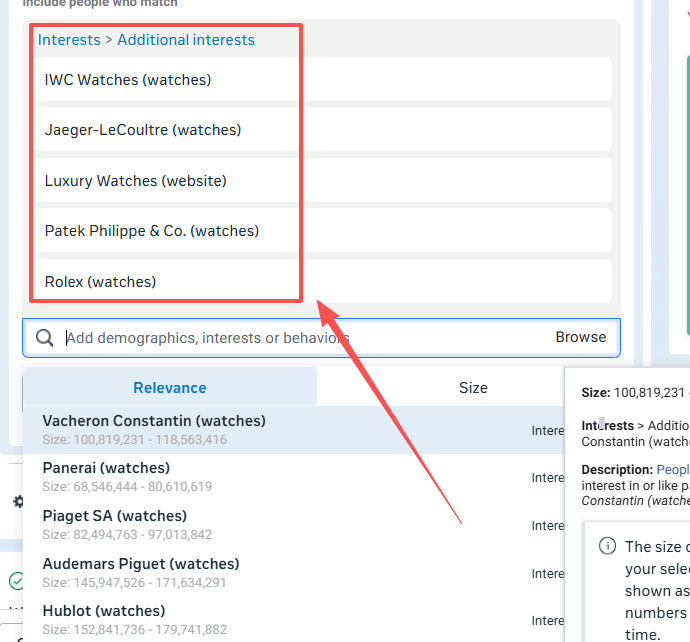
This method helps the algorithm quickly identify users who are already interested in luxury timepieces, making it easier to drive clicks and conversions for your replica watch campaigns.
②. Standardize Front-End Code and Leverage Facebook Tracking
Since Apple’s iOS14 update, Facebook lost much of its direct data access, making audience profiles and targeting less precise. If you are still using audience expansion methods from 5–6 years ago, you are already falling behind. In the replica eCommerce industry, success means constantly updating your strategy — always “facing problems” and “solving problems.”
To address this issue, Facebook introduced Aggregated Event Measurement, Conversion API, and improved Pixel tracking functions. With these tools, the algorithm can self-learn by linking website sales data, gradually refining its tagging and targeting accuracy.
When running ads, you must fully utilize Facebook Events Manager to capture key actions such as search, add-to-cart, Buy Now, add payment info, checkout, and purchase events.
During replica own e-commerce store development, make sure your front-end code is standardized. Otherwise, with frameworks like AB sites,
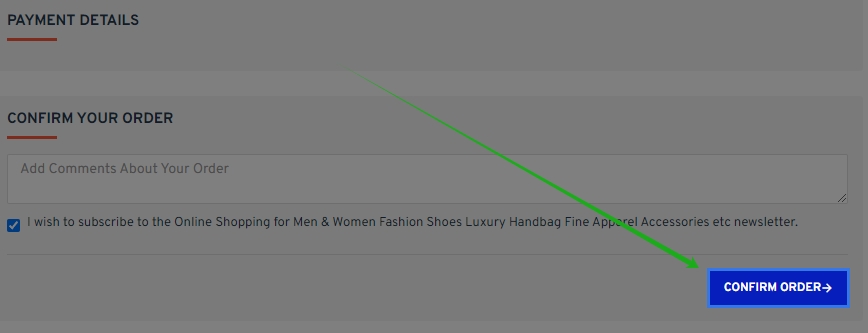
there is a risk of failing to properly capture critical optimization events such as checkout or purchase callbacks, which directly impacts ad efficiency and ROI.
③ .Strong Creative Assets
Facebook is an information-feed advertising platform with a fast decay rate for creatives.
On Google Ads, once a campaign stabilizes, you might be able to use the same 10 sets of copy across different ad groups for a long time without updates. But Facebook display ads work differently — they rely heavily on creative performance, and even Facebook’s best practice guidelines recommend refreshing creatives every week.
To meet this demand, some companies build in-house design teams dedicated to supporting media buyers. Designers manage ad creatives, while optimization specialists provide CTR performance feedback to improve the next round of content.
However, this workflow is mostly seen in general product (white-hat) teams. In the replica eCommerce niche, the strategy is completely different. Instead of investing heavily in design teams, replica advertisers often leverage ad libraries and SPY tools to source proven content, then apply differentiation techniques such as editing, remixing, or modification at scale before launching.
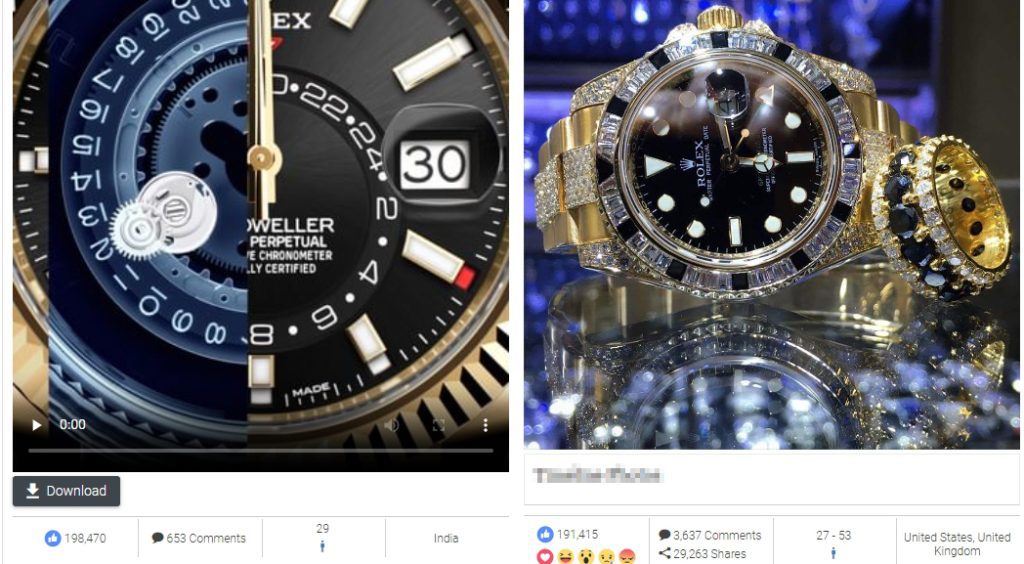
This is why replica ad strategies differ fundamentally from general eCommerce advertising.
 Custom E-commerce Solutions for High-Quality Designer-Inspired Fashion Replicas | Website Development, Dropshipping, Payment Integration for PayPal and Stripe, Ad Cloaking Services
Custom E-commerce Solutions for High-Quality Designer-Inspired Fashion Replicas | Website Development, Dropshipping, Payment Integration for PayPal and Stripe, Ad Cloaking Services



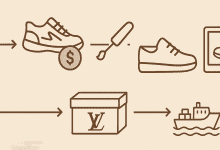
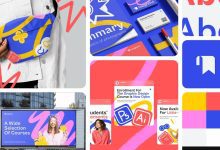

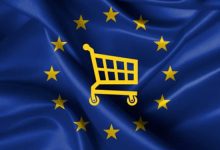


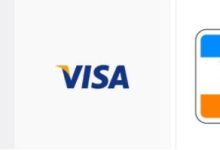
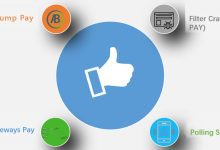


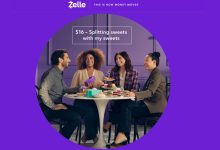
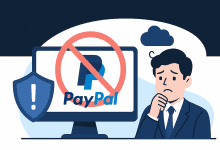

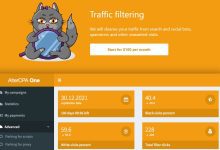


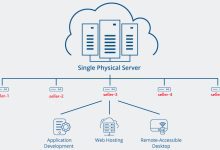

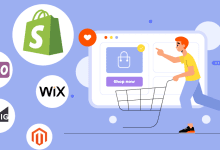
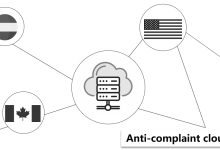



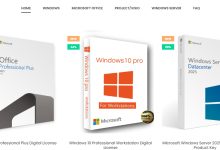
![5 Best WordPress Themes for Replica Product International Trade Websites [Recommended]-Custom E-commerce Solutions for High-Quality Designer-Inspired Fashion Replicas | Website Development, Dropshipping, Payment Integration for PayPal and Stripe, Ad Cloaking Services](https://replicasmaster.com/wp-content/uploads/2025/06/1-1-220x150.jpg)
